MusicRadar Verdict
Thoughtfully designed and well-equipped SSL’s Alpha 8 is an ideal interface expander or standalone line level USB interface from a highly respected manufacturer.
Pros
- +
Works as standalone converter and line level USB interface.
- +
Good signal flow configurability.
- +
Premium 32-bit 192kHz conversion.
- +
Choice of channel specific operating levels.
- +
DC coupled outputs for use with CV devices.
Cons
- -
Some front panel options require reference to the manual.
MusicRadar's got your back
What is it?
You’ll have noticed that as audio interfaces grow in I/O count, some of those channels are achieved using ADAT or S/PDIF, and if you want analogue access to these, you’ll need to find a suitably equipped additional converter unit. New from SSL, the Alpha 8 tackles this task but also rather usefully presents as a regular USB interface, albeit one with no mic preamps.
Housed in a full-size 1U rack unit, the styling is very similar to SSL's top of the range SSL 18 audio interface, and the two units would clearly make ideal partners.
Key specs include 32-bit 192kHz converters, eight balanced analogue inputs and outputs, eight channels of ADAT I/O, two channels of S/PDIF I/O, Wordclock I/O, 18 I/O USB interfacing and in/out LED metering.
Digital connectivity is via four ADAT optical connectors (2-in/2-out) and a pair of S/PDIF coaxial connectors. S/PDIF coaxial supports sample rates up to 192kHz, and ADAT optical rates up to 96kHz with twin cable SMUX for eight channels. ADAT input and output port 2 can also be configured for 2-channel S/PDIF.
Alpha 8’s analogue outputs are DC-coupled and are therefore able to send out +/-5V control voltages, which is handy if you’re controlling CV-enabled modular or rack synths from your DAW.
Finally, Alpha 8 can be used as a standalone converter or as a USB audio interface, and for the latter is USB 2.0 class compliant. This requires no additional software on Mac OS. Windows users need to download and install SSL’s USB ASIO/WDM driver.
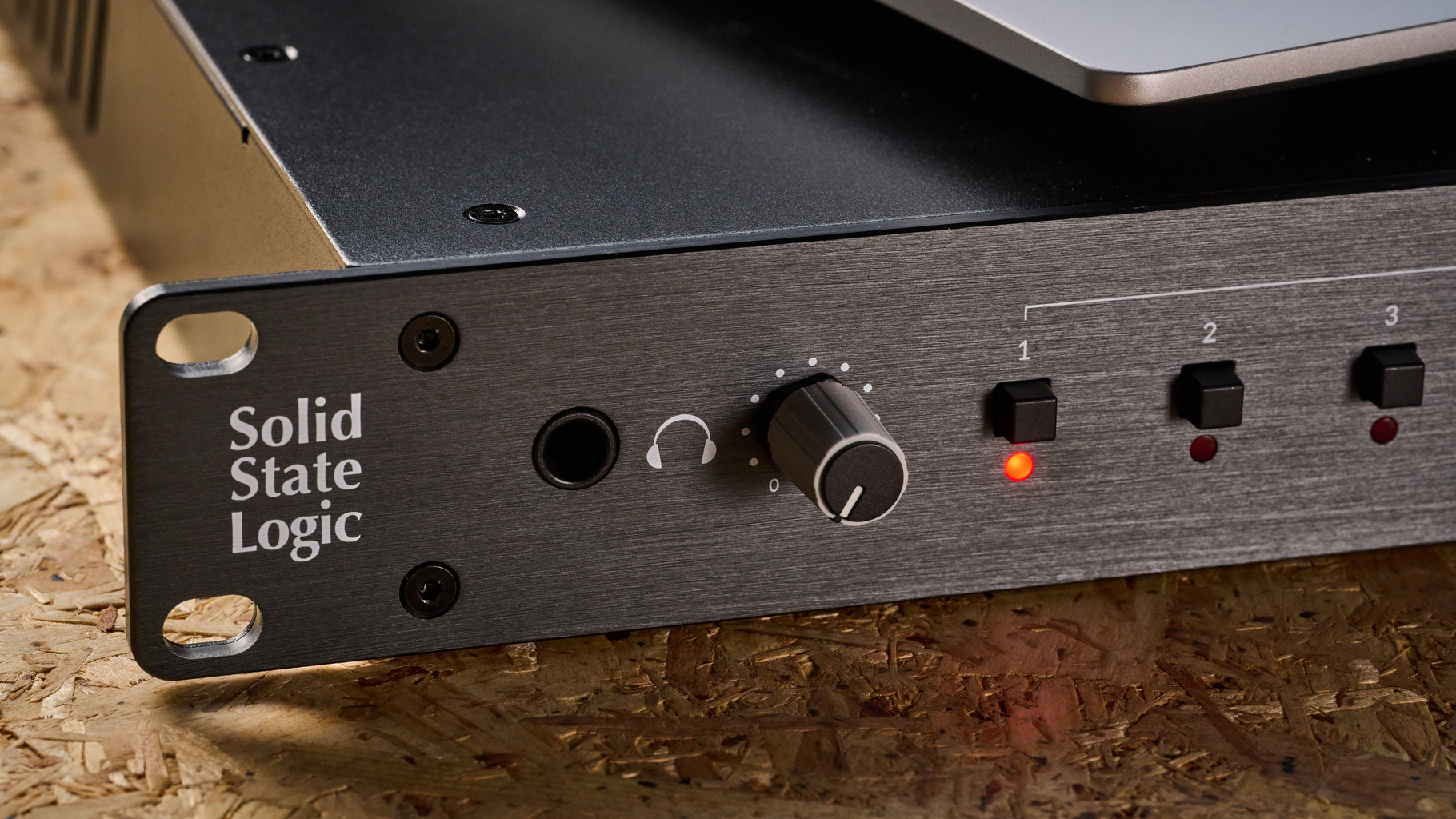
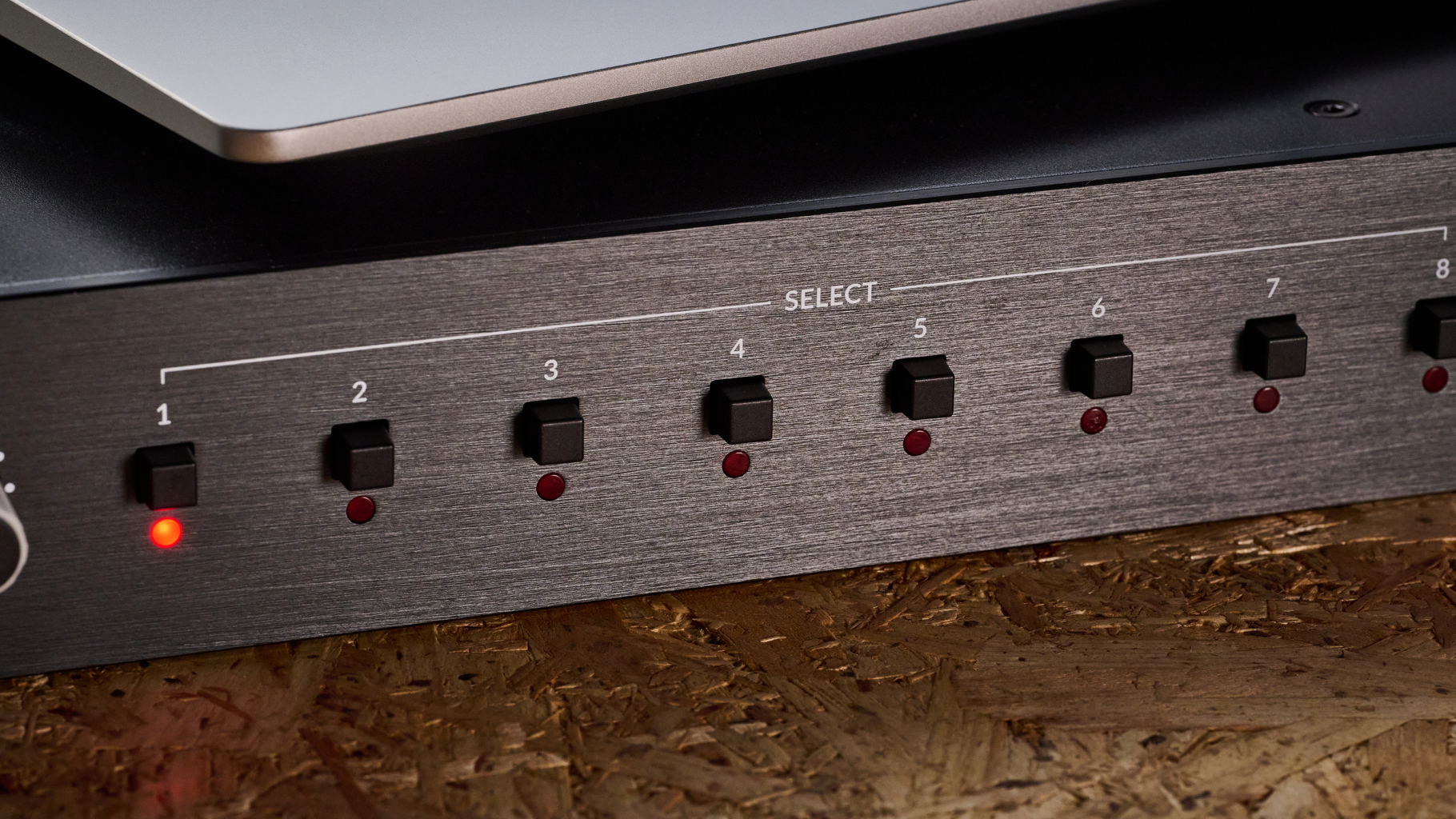
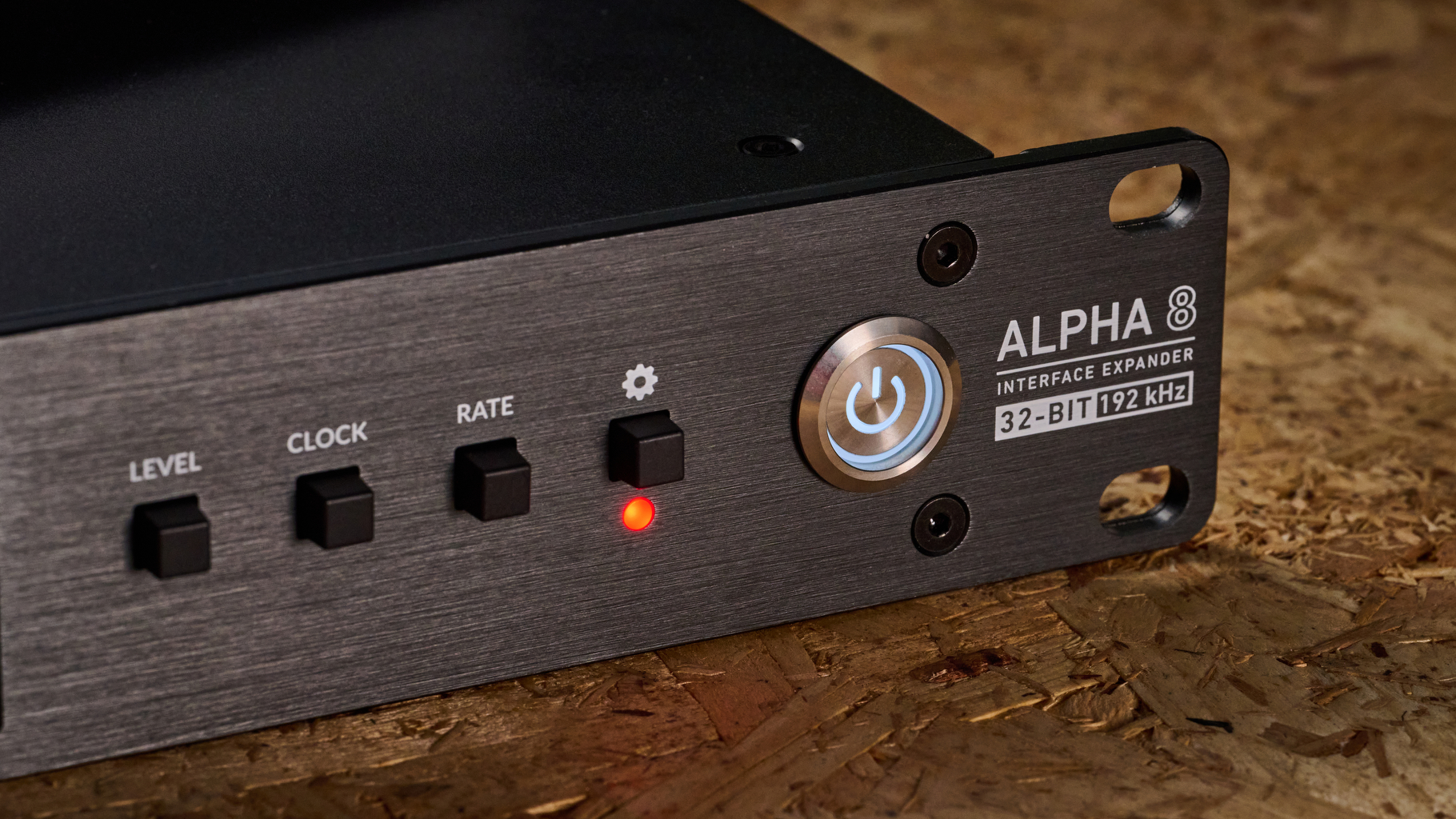
Performance
In typical SSL fashion, utility and flexibility are important design criteria for Alpha 8. What’s more, with no additional software app, all settings are selected either on the front panel or via the audio driver if you’re connected via USB. Onboard options are driven by the Select buttons (1 to 8) combined with further option buttons (In, Out, Analogue and Digital).
Want all the hottest music and gear news, reviews, deals, features and more, direct to your inbox? Sign up here.
These access specific channels or odd/even pairs of channels, allowing you to set channel specific operating levels for the analogue connections (+24, +20, +18, +9dBu) and also set a mono or stereo source for the onboard headphone output. This is handy for cue monitoring, but also simply for checking that signals are routed as required. Further front panel options include clock source and sample rate if you are using the unit in standalone mode.
The final cog button activates settings mode. This is primarily used to specify the Alpha 8’s signal flow, although other options include headphone impedance, headphone sensitivity, and front panel brightness. This is the one aspect of Alpha 8 where the manual is required, as each of the Select buttons is assigned to a specific task, with the LED meters used to indicate the settings.
By way of example, if you want the ADAT inputs to feed the analogue outputs, press Select button 2 to cycle through the options until its corresponding LED is green. Similarly, if you want the S/PDIF output to be sourced from USB output, use Select button 4 to select its red LED. S/PDIF connectivity is also well implemented, allowing an 8-channel group to have certain combinations of S/PDIF and analogue or ADAT signals.
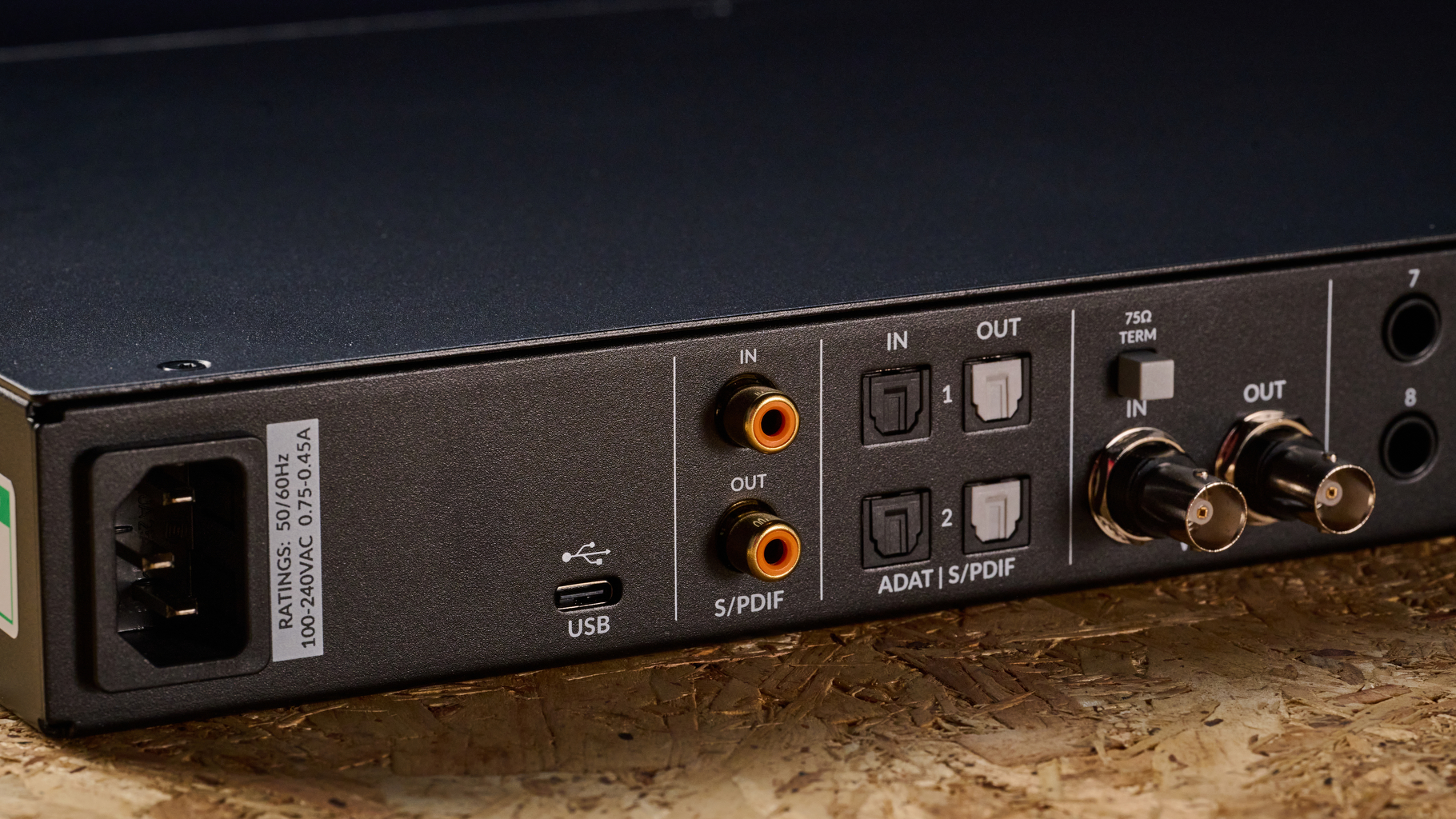
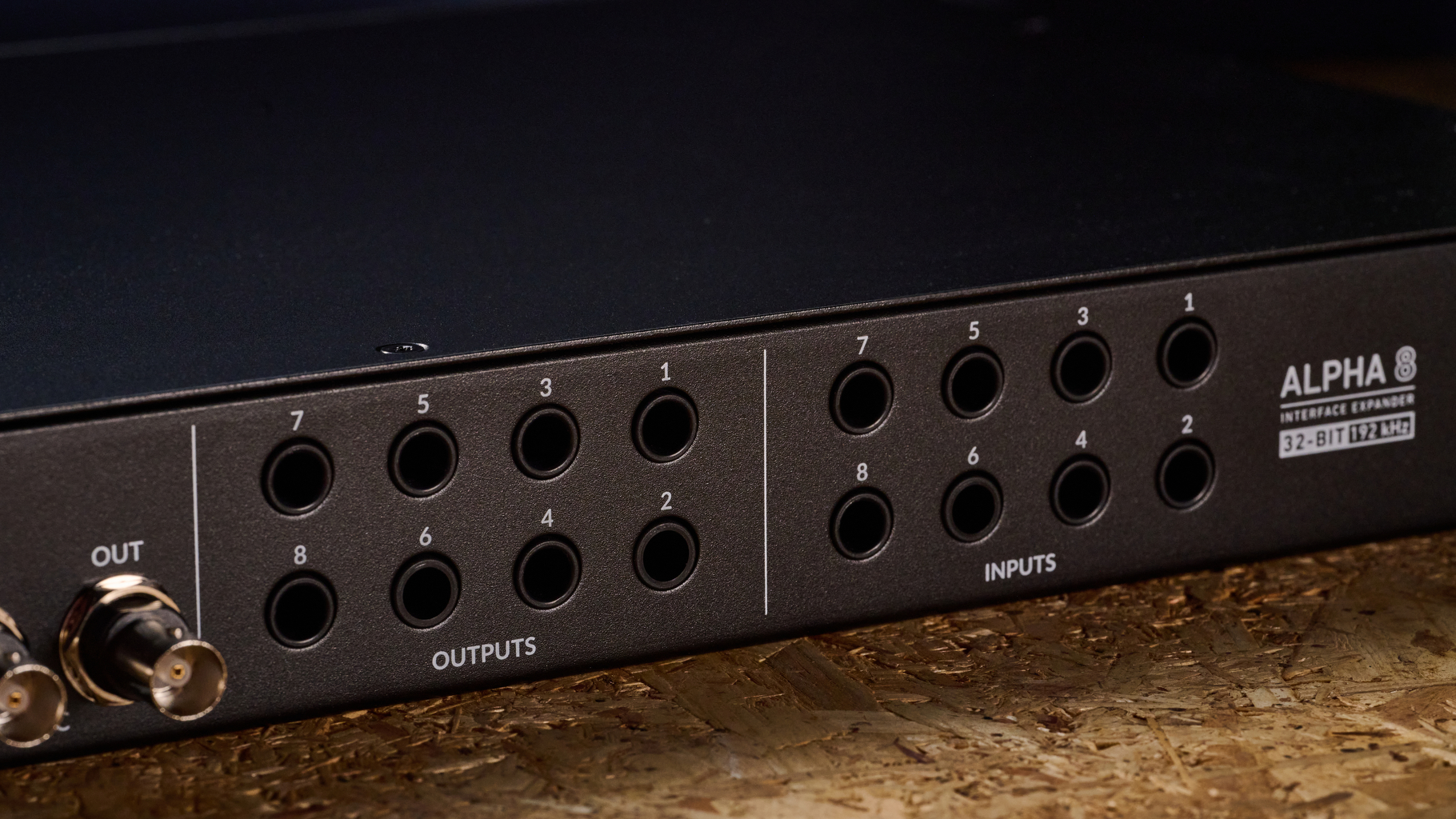
With both standalone and USB interface functionality, there are many ways you can integrate Alpha 8 into your workflow. Obviously, the extra connectivity comes in handy if you’re using analogue hardware inserts in your DAW sessions, and the multiple analogue outputs suit those with multichannel monitoring. Meanwhile, if you’re using outboard mic preamps or an analogue desk and simply don’t need an interface with mic preamps, the Alpha 8 provides a cheaper solution than the SSL 18 for example.
Verdict
It may not be the most exciting product we’ve had on the test bench, but the Alpha 8 is well designed, feature rich and reasonably priced, and is the perfect companion to any ADAT-equipped interface.
Hands-on demos
Solid State Logic
Alternatives
Black Lion’s premium ADAT converter delivers eight channels at 96kHz and four channels at 192kHz.
Read more about Black Lion Audio Revolution EXP
Offering very similar features to Alpha 8, this compact unit from Ferrofish is definitely worth checking out.
Read more about Ferrofish Pulse 8 AE
Specifications
Price | £ 699 |
Key features | Analogue connections: 16 ¼” TRS jacks - 8 input, 8 output, 1 ¼” headphone Digital connections: 4 ADAT - 2 in, 2 out, coaxial S/PDIF in & out USB: USB-C port, USB 2.0 audio interfacing Word Clock: in and out with 75 Ohm termination button Frequency Response: 20Hz to 20kHz +/-0.1dB inputs, +/-0.02dB outputs Dynamic Range (+24dBu A-weighted): 120dB inputs, 123dB outputs THD+N (-1dBFS input): -110dB/0.00034% inputs, 108dB/0.00038% outputs Headphones: dynamic range (+18dBu A-weighted) 124dB |
Dimensions | 482.6 (w) x 294(d) x 43.6(h) mm |
Weight | 3.6kg |
Contact |
Jon is a London based platinum award winning mixer, producer, composer and club remixer with a diverse CV that spans dance, pop, rock and music for media. He’s also a long term contributor to MusicRadar's music technology tutorials and reviews. Whether working alone or collaborating he usually handles final mixdowns, so you’ll also find MusicRadar peppered with his handy mixing tips.
You must confirm your public display name before commenting
Please logout and then login again, you will then be prompted to enter your display name.




